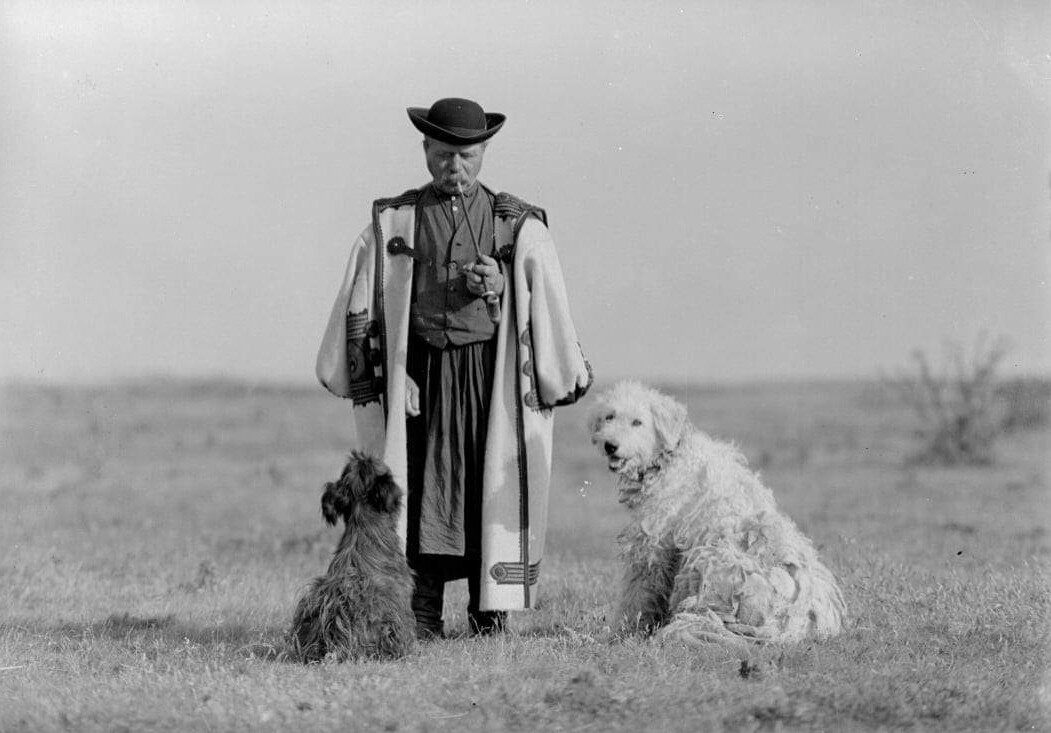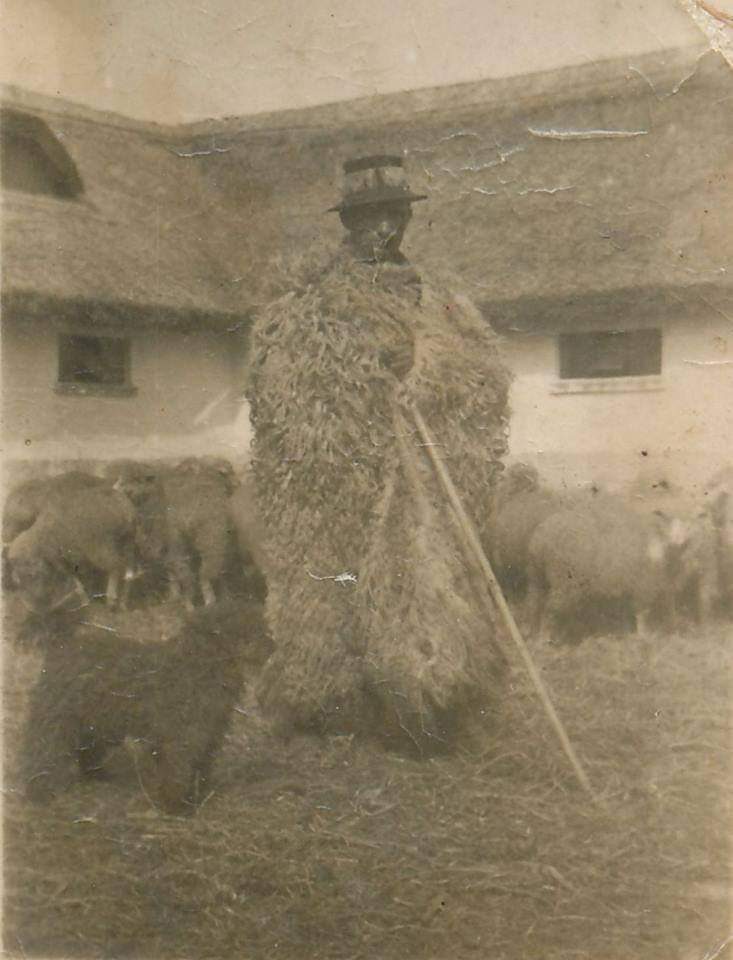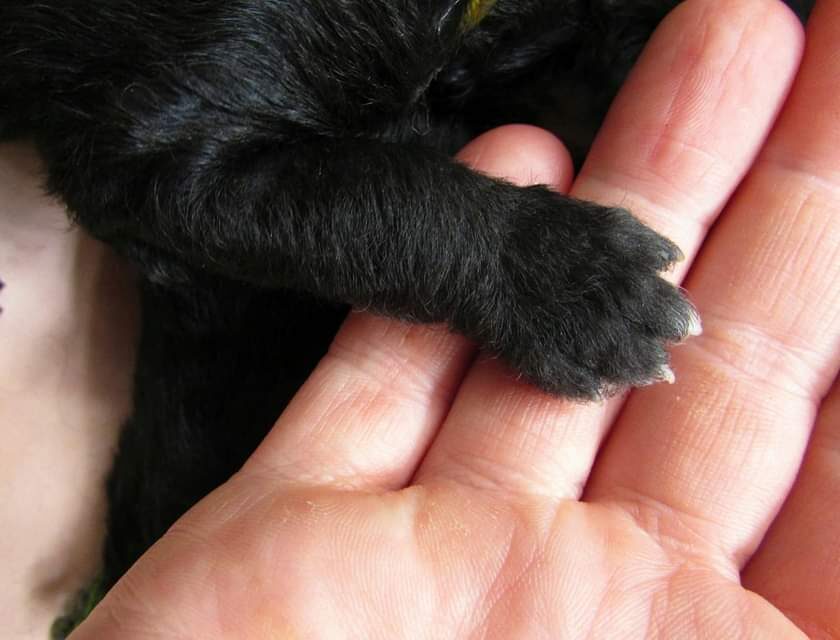For many centuries, before the large carnivores came to the brink of extinction as a result of man's nature-destroying activities, and they were completely driven out of most of Europe – including the territory of our country – it was impossible to keep herbivores, pasture them, and herd them without high-quality, working shepherd dogs. At that time, these dogs were essential in surviving.

Some believe that the shepherds did not do scientific
breeding. If we examine it through the lens of today's breeder, perhaps they
are right.
The shepherds didn't look at the tail or the ears, they were
interested in what was between them: the dog itself.
They were not measuring the dog's different parts, the
angulation of the limbs was not examined either, a proper working dog had to
have an excellent anatomy anyway.
They were not interested in which color variant was more
fashionable (as there was no such consideration for working dogs at the time),
however, a really good working dog quickly became a local fame.
In other words: the inner values - vitality, great
endurance, tenacity, willingness to work, perseverance, courage - were always
ahead of external expectations for the shepherd. Functionally, the best
individuals for the given task were chosen through strict selection.

Today the majority of breeders prefer an attractive
appearance (the pumi should be a well-trimmed show-dog, for example), their
main concerns are the results achieved on exhibitions. This way the dog’s inner
values (may) remain in the background.
A true Hungarian dog is not a servant.
Colleague, in the noblest sense of the word. It herds and
guards, and it does so in obedience to its instincts inherited from its
ancestors. We feel it is our duty to preserve this set of instincts, because
for us the greatest value is what is inside – the traits and genes of the ancestors.
That's why, when choosing stud males, we are never primarily interested in the
results achieved at exhibitions, but rather in the dog's character, health,
bloodline, and only after that comes appearance.
Our breeding goal is to give puppies to the new owners with
excellent instincts, a stable nervous system, healthy, cheerful and socialized
as much as possible for their tender age.

Although I graduated as an agricultural engineer at the University of
Debrecen I am constantly trying to expand my knowledge in various segments of
animal husbandry and in the field of dog ethology.
My belief is that "after 20 years of practice I will
probably be a good beginner" - I try with sufficient humility to maintain
an attitude without the arrogance of knowing everything, but with an open mind
and heart.

Growing up as member of the pack
Our puppies grow up living in a family.
During their development, they gradually and naturally get
to know their environment. We are constantly with them, we monitor them, we
test them, we get to know their character, so that we can help the future
Owners in choosing the best puppy for their living conditions.
The little ones gradually start getting to know the pack
around the age of 4-5 weeks. They learn the basics of living together.
They play together with the adults, while learning the
signaling system used within the pack and getting to know the boundaries.
During their stay, they can meet cats and various farm animals - the sound, smell, and general presence of farm them will not be alien
to our puppies.
They also get used to the sound of various small appliances and
other household noises.
With all of this, we are trying to give the little ones a
solid foundation, which they can then build on together with the new Owner.
















